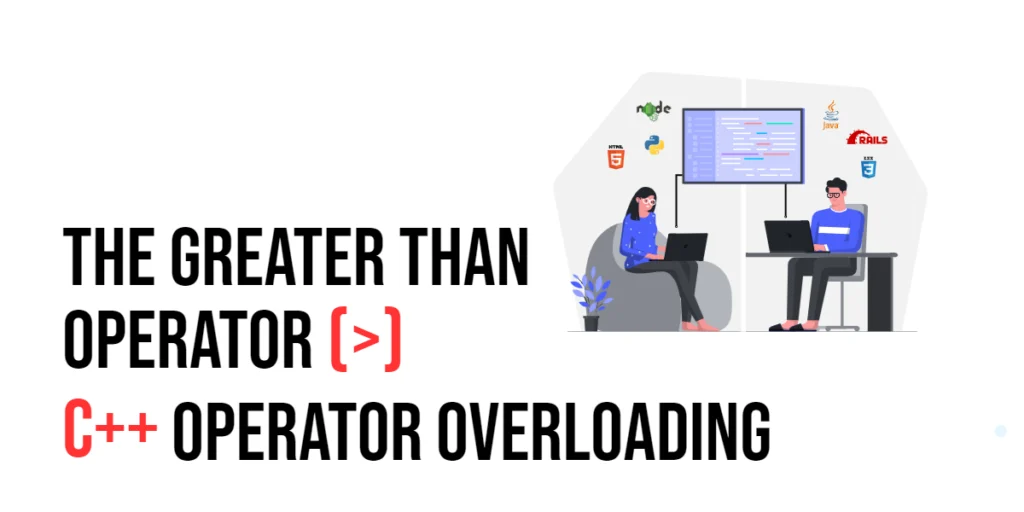Concurrency in programming allows multiple tasks to be performed simultaneously, making programs faster and more efficient. However, it also introduces complexities, particularly when multiple threads access shared resources. Without proper synchronization, this can lead to race conditions, data corruption, and unpredictable behavior. Ensuring thread safety is crucial in concurrent programming to avoid these issues.

with hands-on learning.
get the skills and confidence to land your next move.
In Ruby, the Mutex class provides a mechanism to synchronize access to shared resources, ensuring that only one thread can access a resource at a time. This article will provide a comprehensive guide to using Ruby’s Mutex class for thread safety, covering its creation, usage, and practical examples.
Understanding Thread Safety
Thread safety refers to the practice of writing code that functions correctly when executed by multiple threads simultaneously. In a multithreaded environment, threads may compete for shared resources, leading to inconsistent or incorrect results. To prevent this, thread synchronization mechanisms are used to control the access of multiple threads to shared resources.
Without proper synchronization, concurrent threads can interfere with each other, causing race conditions where the outcome depends on the timing of the threads. This can result in data corruption, crashes, and hard-to-debug issues. Therefore, ensuring thread safety is essential for reliable and predictable program behavior.
Introduction to the Mutex Class
A Mutex (short for mutual exclusion) is a synchronization primitive that allows only one thread to access a shared resource at a time. In Ruby, the Mutex class is part of the standard library and provides methods to lock and unlock access to resources, ensuring that only one thread can execute a critical section of code at a time.
To use the Mutex class, you need to require it in your Ruby script:
require 'thread'Once required, you can create a Mutex object and use its methods to synchronize access to shared resources.
Creating and Using a Mutex
Creating a mutex is straightforward. You instantiate the Mutex class and use its synchronize method to wrap the critical section of code that needs protection.
Here is an example of creating and using a mutex:
require 'thread'
mutex = Mutex.new
mutex.synchronize do
# Critical section of code
puts "This section is thread-safe."
endIn this example, we create a new Mutex object and use the synchronize method to wrap the critical section of code. The synchronize method ensures that only one thread can execute the code within the block at a time.
Ensuring Thread Safety with Mutex
Using a mutex, you can ensure that shared resources are accessed by only one thread at a time, preventing race conditions and ensuring thread safety.
Here is an example of using a mutex to protect a shared resource:
require 'thread'
mutex = Mutex.new
counter = 0
threads = 10.times.map do
Thread.new do
1000.times do
mutex.synchronize do
counter += 1
end
end
end
end
threads.each(&:join)
puts "Counter: #{counter}"In this example, we create a shared counter variable and a mutex to protect it. Ten threads increment the counter 1000 times each. The synchronize method ensures that only one thread can increment the counter at a time, resulting in a final counter value of 10000.
Common Mutex Methods
The Mutex class provides several methods for managing locks:
lock: Acquires the lock. If the lock is already held, the calling thread will wait until it is available.unlock: Releases the lock.synchronize: Acquires the lock, runs the block, and releases the lock.try_lock: Attempts to acquire the lock without blocking. Returnstrueif the lock is acquired,falseotherwise.locked?: Returnstrueif the lock is currently held,falseotherwise.
Here is an example demonstrating these methods:
require 'thread'
mutex = Mutex.new
if mutex.try_lock
puts "Lock acquired without blocking"
mutex.unlock
else
puts "Lock not acquired"
end
mutex.synchronize do
puts "This section is thread-safe."
end
puts "Is the mutex locked? #{mutex.locked?}"In this example, we use try_lock to attempt to acquire the lock without blocking, unlock to release the lock, synchronize to run a block of code with the lock, and locked? to check if the lock is held.
Practical Examples of Mutex Usage
Mutexes are useful in various scenarios where thread safety is required:
Example 1: Protecting a Shared Resource
require 'thread'
mutex = Mutex.new
shared_resource = []
threads = 10.times.map do
Thread.new do
10.times do
mutex.synchronize do
shared_resource << rand(100)
end
end
end
end
threads.each(&:join)
puts "Shared resource: #{shared_resource.inspect}"In this example, we use a mutex to protect a shared array. Multiple threads add random numbers to the array, and the mutex ensures that only one thread can modify the array at a time.
Example 2: Implementing a Thread-Safe Counter
require 'thread'
class SafeCounter
def initialize
@counter = 0
@mutex = Mutex.new
end
def increment
@mutex.synchronize do
@counter += 1
end
end
def value
@mutex.synchronize do
@counter
end
end
end
counter = SafeCounter.new
threads = 10.times.map do
Thread.new do
1000.times { counter.increment }
end
end
threads.each(&:join)
puts "Counter value: #{counter.value}"In this example, we implement a thread-safe counter class using a mutex. The increment and value methods are synchronized to ensure thread safety.
Best Practices for Using Mutex
When using mutexes, it’s important to follow best practices to avoid common pitfalls:
- Keep critical sections short: Minimize the amount of code within the
synchronizeblock to reduce contention and improve performance. - Avoid deadlocks: Ensure that locks are always released, even in the presence of exceptions. Use the
synchronizemethod to handle this automatically. - Prefer high-level abstractions: Use higher-level abstractions like
QueueorThread::Queuefor more complex synchronization needs.
Here is an example of avoiding deadlocks by using ensure:
require 'thread'
mutex = Mutex.new
begin
mutex.lock
# Critical section of code
puts "This section is thread-safe."
ensure
mutex.unlock if mutex.locked?
endIn this example, we use ensure to guarantee that the mutex is unlocked, even if an exception occurs.
Conclusion
Ruby’s Mutex class provides a powerful tool for ensuring thread safety in concurrent programs. By using mutexes, you can protect shared resources, prevent race conditions, and ensure reliable and predictable behavior in multithreaded environments. Understanding how to create, use, and manage mutexes is essential for writing robust concurrent applications.
Additional Resources
To further your learning and explore more about Ruby’s Mutex class and thread safety, here are some valuable resources:
- Mutex Documentation: ruby-doc.org
- Ruby on Rails Guides: guides.rubyonrails.org
- Codecademy Ruby Course: codecademy.com/learn/learn-ruby
- The Odin Project: A comprehensive web development course that includes Ruby: theodinproject.com
These resources will help you deepen your understanding of Ruby’s Mutex class and thread safety, and continue your journey towards becoming a proficient Ruby developer.







